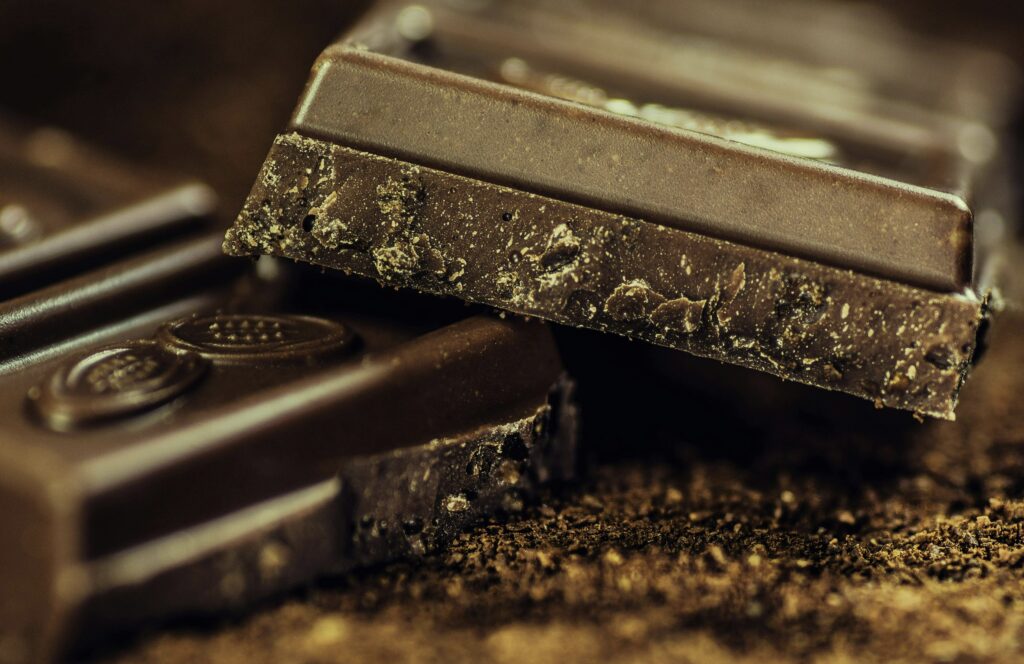Yes, run
I regularly run the four kays home from work. It doesn’t wreck my knees. In fact, it may help them. Some studies show that running may have some positive effects for joints, if your cartilage and alignment are healthy. That said, the more old trauma there is, the harder it is for our bodies to adapt appropriately. So if something hurts, get it checked out so you can build a consistent running program the healthy way.
Call the right shot
Injections for joint pain have a lot of hype around them. Cortisone and PRP (platelet-rich plasma) can help manage pain from certain problems, but they have pros and cons. Even though stem-cell injections are being marketed as a new hope for regrowing cartilage, if I had joint issues, I wouldn’t get these for lack of evidence. Nothing at this point can regrow cartilage, although that may change in five or 10 years.
Eat well
There’s a lot of talk about pro-inflammatory and anti-inflammatory foods, but I’m not yet convinced there’s much of substance behind it. It’s more important to eat what keeps you at a healthy weight, because weight-related stress contributes to osteoarthritis of the hip and knee. I aim to control portions, minimise processed foods and consume a variety of fruit and veg. When my wife and I go out to dinner, we’ll have a bunch of vegetable sides and appetisers and split a meat entree.
Don’t wait for the weekend
Our joints are adaptable, but it’s hard for them to adapt when you work – or “stress” – them only once a week. If I want to be able to run 10 or 12 kays on Saturday or Sunday, I make sure I run at least a few times a week so I keep my body exposed to that kind of stress. Less frequent workouts are even harder for joints; inactivity can cause them to lose the support and stability needed to do the work you want them to do. Then you can get into this bad cycle in which pain keeps you inactive, inactivity keeps you weak, and weakness keeps the pain going.
Get down (dog)
I do about 15-20 minutes of yoga a few times a week. It improves the motion of the joints, partly by keeping tendons, which support the joints and muscles, from getting tight and stiff. If they’re not elastic, you can start to develop bad habits in how a joint is used, which can lay the groundwork for pain and other issues down the line.
















